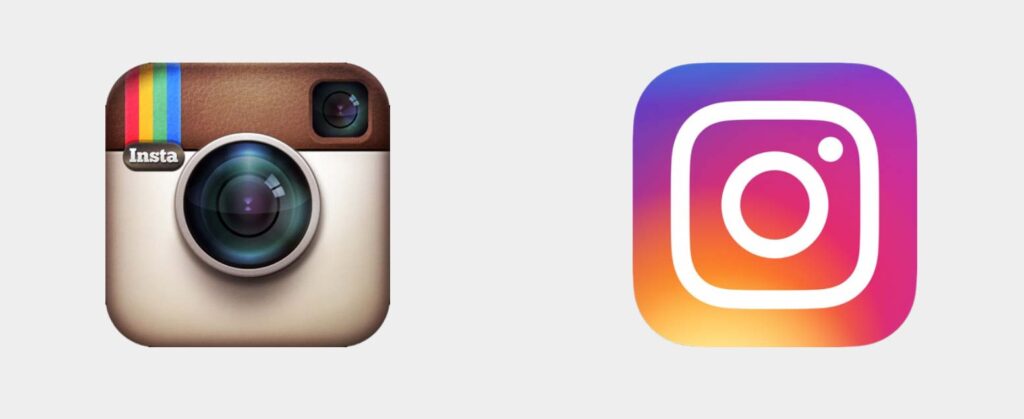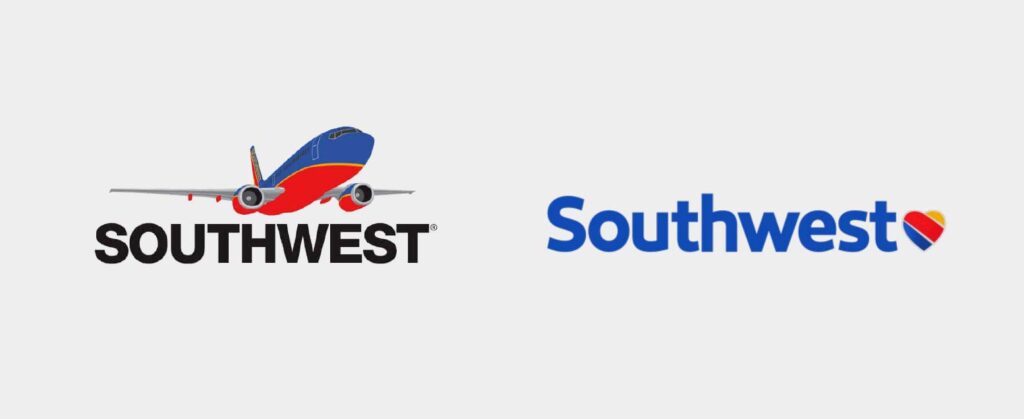Subscribe to Our Newsletter
Businesses rely on brand to set them apart, signal their unique value and inspire loyalty in everyone from employees to investors. But in dynamic markets full of disruptive new entrants, it’s easy for parts of a brand story to lose their relevance—or for visuals to no longer reflect a company’s evolving value.
Sometimes a full rebrand is the right choice. But don’t underestimate the brand refresh.
When strategy is born of fresh insights and understanding, even subtle updates can powerfully advance the business strategy while strengthening human connections.
What is a Brand Refresh?
A brand refresh is a focused branding initiative that keeps the business’s identity, promise and differentiation consistent while updating key elements to reflect change.
Unlike rebrands, brand refreshes do not involve complete overhauls across B2B brand positioning, strategy, design and experience. But in the best examples, these moments of semi-reinvention refresh the human reasons for choosing the brand.
Why a Brand Refresh Matters for Your Audiences
For B2B leaders, a refresh is an opportunity to check, renew and strengthen connections with the people that matter most to the brand: investors, customers, prospects and employees.
- Investors may question whether the brand still conveys stability and market leadership as the business shifts and grows. A refresh reassures them that the business remains relevant, credible and prepared for future growth.
- Employees want to feel their work is meaningful and that their contributions matter. A refresh signals that leadership is investing in the company’s future—and in theirs—by making the brand stronger, clearer and more inspiring.
- Existing customers may feel confused or alienated by outdated or inconsistent messaging. A refresh demonstrates that their evolving needs are being heard and met.
- Prospects may also hesitate if they see a mix of old and new promises from the company. A refresh provides clarity and a compelling reason to choose the brand.
Key Lessons for B2B from Well-known B2C Brand Refreshes
Sometimes brand refreshes just look like a fresh coat of paint. But while the changes in the two B2C examples below might seem subtle, they were actually quite meaningful—with direct relevance to B2B.
Instagram: Clearing the way for what audiences value most
In 2016, Instagram famously traded its brown retro camera logo for a sleek, contemporary icon atop a vibrant gradient. The brand also lightened its app UI, offering a simplified visual journey.
Instagram’s legacy icon, last updated in 2011 (left), found vivid simplicity after its 2016 refresh (right).
What drove the evolution?
Instagram recognized its user journey was full of visual clutter—when people just wanted to enjoy the pristine, filter-perfected images and videos in their timelines. Born of empathy, the brand’s new, cleaner logo and muted (even humble) UI made way for what mattered.
A professional services firm might follow this example by evolving the visual identity system—removing unnecessary detail, clarifying typography and simplifying the website user experience—to allow its thought leadership or client stories to take center stage.
Southwest: Refreshing recognition without losing trust
Southwest, while keeping its signature color story (bright hues representing the airline’s warmth, innovation, precision and bright future), modernized its brand by:
- Losing the plane illustration from its logo
- Choosing a more playful font
- Accenting its name with a heart
As reflected in its 1998 logo (left), Southwest had always relied on aviation imagery to build brand awareness and recognition. The airline’s refreshed 2014 logo (right) celebrated the name they’d built.
Why this change?
Southwest recognized its growing reputation as a different kind of carrier. Its joke-cracking flight attendants and friendly policies (like no fees for checked bags) were bringing joy back to flying, and customers were rewarding the experience with loyalty.
So, Southwest made their name easier to spot (think Expedia context) while doubling down on travel love as their differentiator. An aligned “Go with Heart” campaign then drove the message home.
A fintech business could apply this approach by retaining its most recognizable design cues—such as a trusted color palette—while modernizing its logo or digital interfaces to better reflect its culture of innovation and customer care, amplifying what today’s audiences value most.
When is a B2B Brand Refresh Helpful?
Brand refreshes are both useful and cost-effective when a company is evolving vs. reinventing itself. Businesses are more likely to need full rebrands when making fundamental changes to their positioning and values, or if they have plans to enter and/or define new categories.
A brand refresh may be the answer when:
- Merging with or acquiring other businesses to offer add-on services
- Bringing on new leadership that’s planning limited strategic redirection
- Introducing products that don’t quite fit within the existing brand story
- Facing competitive landscapes that have shifted since the brand launched
These are the types of moments when a brand needs to keep pace with (or catch up to) the business. A refresh can help the B2B brand efficiently realign its brand strategy and business strategy:
- Refining its promise
- Confirming its relevance
- Reframing its value
- Making the change exciting—even delightful—for new and existing audiences
After all, businesses usually make changes to serve someone better. A refresh gives them the chance to announce it, inviting people to share the new brand journey that their needs inspired.
The 4 Steps to a High-impact Brand Refresh
1. Let insights lead
Before rushing to update or “modernize” your brand’s look and feel, find the right brand strategy agency and invest in understanding how audiences perceive the business’s value today.
Talk to customers, partners, investors and employees—with empathy—about their experience. Research people’s deeper needs and motivators.
This curiosity reveals the brand problems for your refresh to solve.
2. Audit your current brand
In the context of all you’ve learned, partner with the branding firm to assess your current brand’s strengths and weaknesses: when and how it resonates with audiences vs. when it fails to address current needs.
Take a fresh look at your competition, whose of-the-moment marketing may be crowding out your B2B brand voice—or threatening to connect better with the people who matter most to you.
You’ll identify both your brand’s most enduring pillars and the outdated facets to revitalize.
3. Develop a focused strategy
It’s time to dive into planning. Collaboratively brainstorm how to refresh your brand’s human connections by telling your updated story through the most relevant elements.
Visual identity (logo, typography, color palettes) is usually in play, but customer interactions (online, in-store, on mobile) and employee experiences can be, too.
A new B2B tagline can draw a growing list of products or services into relatable context for prospects and customers. A new visual language can invite a next generation of employees to see your company as a place to live shared values.
4. Implement and announce your brand refresh
Finally, partner to design and build your new, strategically focused assets. And then roll your refreshed brand out across touchpoints and audiences—with vocal pride.
Treat it as a milestone: a chance to reinforce continuity while signaling progress. Reintroduce what has always set you apart as well as how you’ve evolved to become a better partner or employer.
Seize the PR moment, celebrating all the reasons to give your brand a fresh look.
Make Strategic Shifts to Create Lasting Value
Yes, a refresh often involves updated visuals. But a strategic refresh is rarely about design alone.
At its best, a B2B brand refresh is about timing, choosing the precise moment to show that the business is advancing while preserving what makes it enduring.
That’s why the most effective refreshes go beyond cosmetics. They act as purposeful signals—acknowledging change while affirming continuity, and meeting audiences in the space between what has always mattered and what matters now.
For leaders navigating growth or evolution, a brand refresh turns momentum into meaning. It ensures that progress feels not only visible, but credible.
In doing so, the mighty brand refresh keeps confidence in the business strong.
Ready to explore refreshing your brand to reconnect with the people who matter most? Let’s talk.
Originally published June 6, 2023.





